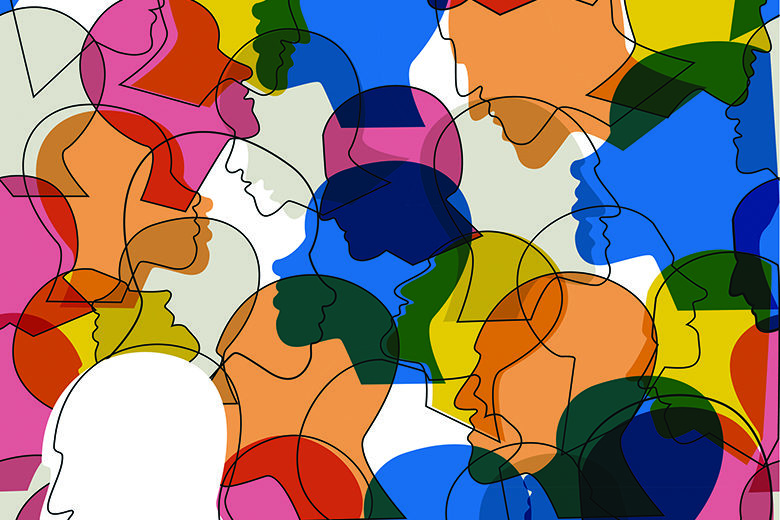Intersectionality is Key to Understanding Diversity and Inclusion
Kimberle Crenshaw, TED talk speaker on The Urgency of Intersectionality, defines intersectionality as “a lens through which you can see where power comes and collides, where it interlocks and intersects. It’s not simply that there’s a race problem here, a gender problem here, and a class or LBGTQ problem there.”
Intersectionality is experiencing more than one dimension of diversity simultaneously. It is often a term used to describe the experiences of women of color having both experiences of race and gender, yet it also can be used to describe those of other minority groups – LGBTQ+, disabilities, socioeconomic status, etc. There are many dimensions of diversity.
Oftentimes, we want to simplify diversity and inclusion to race and gender. It is more than mere optics. Further complicating this, is that race and gender identities are often not visible. This is unfair for those that experience multiple dimensions of diversity, as they cannot separate the dimensions they experience simultaneously. A woman of color cannot be just a woman in one setting and just an African American in another setting. It is impossible to separate those identities from one another. They are intersectional.
As a privileged white woman, that shook me to my core. I had no understanding of that dual lived experience. I have all the privileges with the expectation of not identifying as male for my gender. I am white, I am straight, I am cisgender, I am middle class, and I have all my abilities. The world is built more for people like me. The good news is that I can use my privilege to support others that have diverse identities.
The other “P” word
Privilege is often a scary word in Corporate America. So is power. As Crenshaw defines intersectionality, power is a factor in keeping those with diverse identities down and those with privilege up. It is baked into the systems that were created centuries ago. It is no surprise that wealthy white men built this country and continue to dominate all of the power structures (government, wealth, business, etc.).
“Absolute power corrupts absolutely” has been a mantra of past revolutions. When systems are built to support those in power and that power is not shared, it is a problem. The systems are often hard to see – education, politics, and housing – all favor those in the white male majority.
Power shared is best for all humans.
Microaggressions
Microaggressions are the subtle, often unintentional behaviors that limit the influence of those in diverse groups (race, gender, LGBTQ+, disabilities). Some liken it to death by 1,000 cuts.
When you layer in more than one diversity dimension like race and gender, the microaggressions get worse. Common gendered microaggressions are: Interruptions, mansplaining, caregiving assumptions, and taking credit for ideas. Then, pack on the racial microaggressions of assumptions about interests like sports, the pressure to “act white,” the stigma of “black names,” and it gets far more complicated.
Some common experiences of women of color are being labeled “aggressive” for actions that are similar to those that are white or men, tone policing, hair touching, and an overfocus on sexuality.
A day in the life of a woman of color is hard. It’s not the one microaggression, it is often the accumulation of microaggressions in a given day or week that takes a toll. They are signals that you do not belong. It is exhausting.
Strive to be an ally
Want to use your privilege to help? You can start by checking unconscious bias. The good and not so good news is that 100% of people have gender and/or racial bias some of the time. That does not mean you are committing these microaggressions; yet are more likely to do so depending on your bias.
Do your homework on intersectionality and the lived experiences of people different than yourself. If you do not understand something, Google it. Have a 1:1 with someone different than you and ask about their lived experiences.
Allies strive to diversify their networks. Think of the top five people you choose to spend time with – friends, family, colleagues, etc. What are their genders, races, ethnicities, and sexual orientations? Are they like you? There’s a chance to be an ally. Extend your network to people that are different.
Empathize with those that have different experiences. Recognize that we have differences and that is a good thing. It is nothing to fear or to avoid. Engage in dialogues about differences. You will be better for it.
Curious to learn more?
Check out my latest interviews with diversity, equity, and inclusion experts on the Next Pivot Point podcast, take our free team diversity and inclusion assessment, and schedule time with Julie to talk live about ideas.

